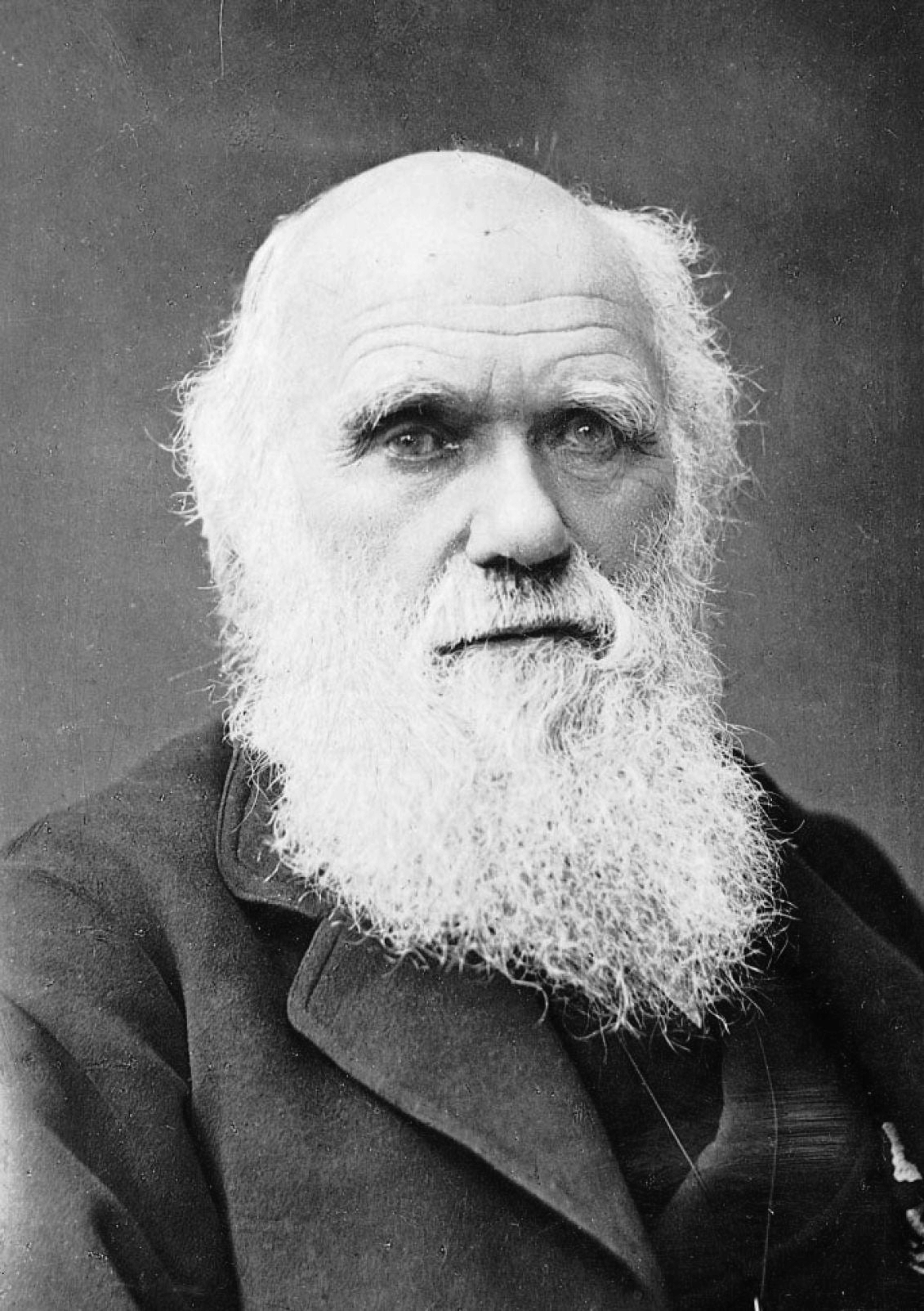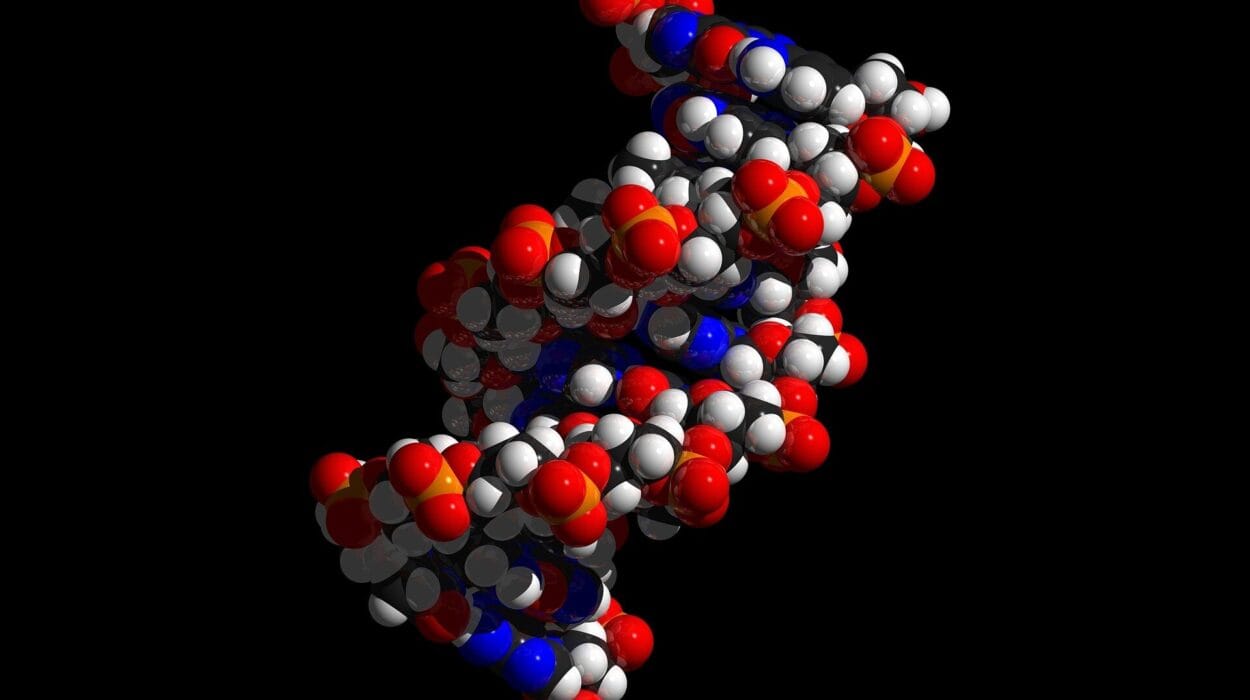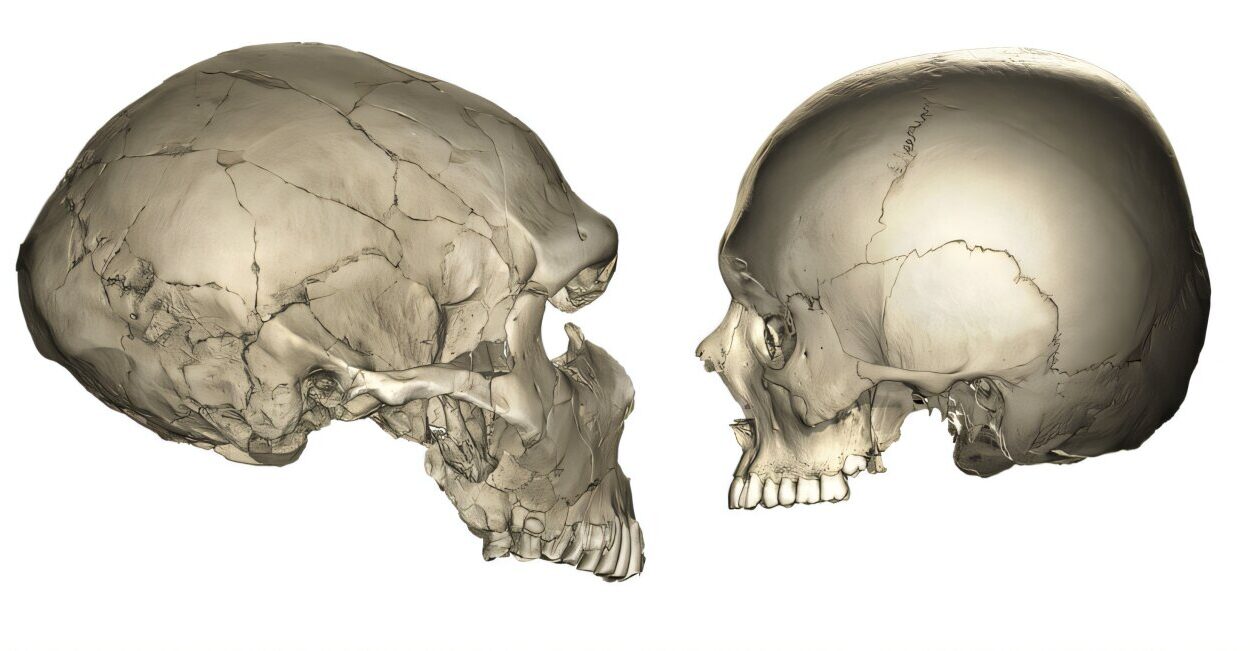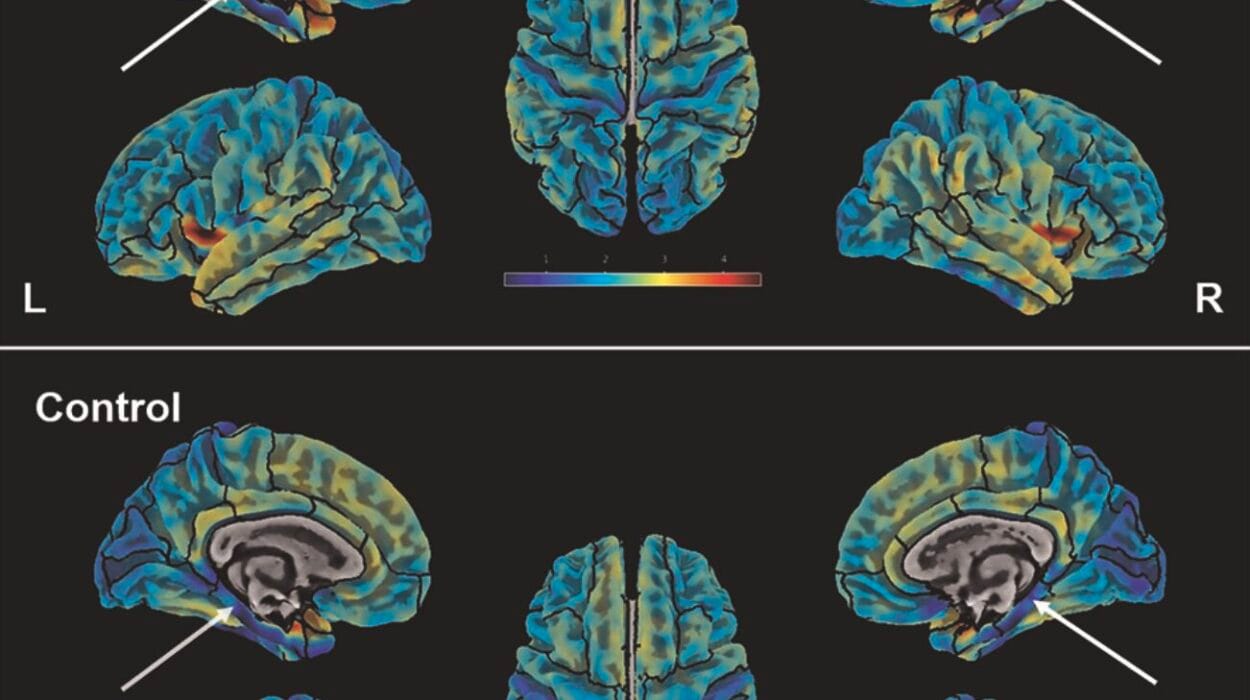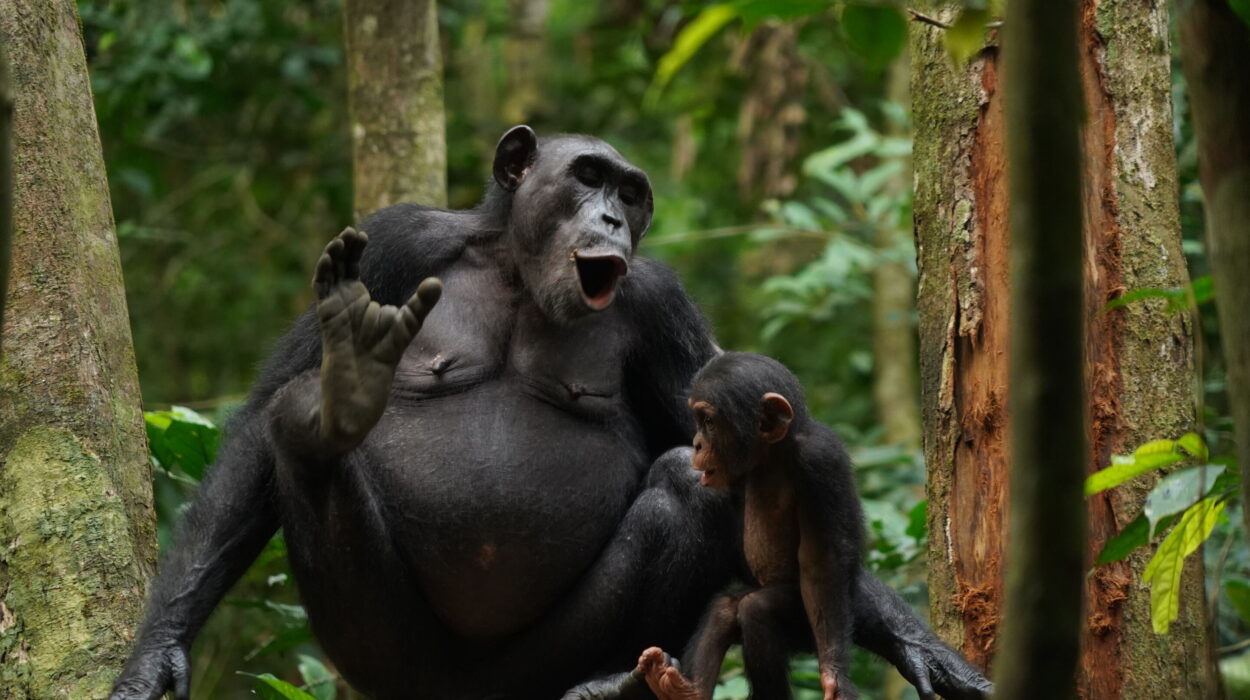Charles Darwin’s theory of evolution by natural selection is one of the pillars of modern biology, shaping our understanding of the development of life on Earth. Since its publication in 1859 in On the Origin of Species, it has become a cornerstone of scientific thought. Yet, in spite of its dominance, there remain challenges, doubts, and alternative perspectives about how life evolved. Could Darwin’s theory be incomplete or even wrong? And if so, what would the consequences be for our understanding of life on Earth?
This exploration delves into the possibility that Darwin, despite his immense contributions, may have misunderstood key aspects of how life develops. It is not simply an exercise in critiquing a scientific theory; it is a deeper inquiry into how science progresses, how we frame our understanding of the world, and what could happen if the very basis of evolutionary theory were challenged.
The Legacy of Darwin: A Theory for the Ages
Darwin’s natural selection has been revolutionary in reshaping how humanity sees itself in relation to the natural world. The basic premise of natural selection is elegant in its simplicity: organisms that are better adapted to their environment are more likely to survive and reproduce, passing on those advantageous traits. Over many generations, this gradual process leads to the evolution of species.
Darwin’s insight was groundbreaking. It challenged the prevailing view of creationism, which posited that species were individually created and immutable. Through natural selection, Darwin suggested that life was not static but instead evolved over time through small, cumulative changes. This radical shift in thinking had profound implications, not only for biology but also for fields like anthropology, genetics, and paleontology.
Yet, despite the success and widespread acceptance of Darwin’s theory, certain gaps have remained. Some phenomena cannot be easily explained by natural selection alone, and new discoveries have brought about additional layers of complexity that Darwin could not have anticipated.
The Critique of Darwin: Missing Pieces in Evolution
Over the decades, while Darwin’s theory has been celebrated, it has also been scrutinized and criticized. Some of the critiques target aspects of his theory that may not fully capture the complexity of evolution. For instance, the fossil record, which Darwin himself acknowledged was incomplete, has provided some surprises. The rapid emergence of certain species, as well as the lack of transitional fossils in some cases, has led critics to question whether gradual evolution is the whole story.
The complexity of biological structures also challenges Darwin’s ideas. Some organisms have incredibly intricate systems, such as the eye, that seem to resist explanation by small, incremental changes. Could such complexity arise purely through natural selection? Critics of Darwin have proposed that some structures may not be reducible to simpler forms and must have arisen through entirely different mechanisms.
Additionally, Darwin’s theory focuses heavily on survival of the fittest and the competitive aspect of evolution, but what about cooperation? Many species evolve through cooperation and symbiosis, where multiple organisms work together for mutual benefit. Can Darwinian natural selection fully explain these cooperative relationships, or is something else at play?
Darwin’s Blind Spots: Gaps in His Theory
Although Darwin was aware of certain limitations in his theory, many of the factors that could refine or challenge his ideas were not yet available to him. In particular, Darwin did not have access to modern genetics, which was later described by Gregor Mendel and expanded upon in the 20th century. Without knowledge of DNA, genetic mutations, or the role of genetic drift, Darwin was working within the constraints of the scientific understanding of his time.
One of the major gaps in Darwin’s theory is the question of how new species arise. While natural selection explains adaptation to the environment, it doesn’t fully address the origin of new species, a process known as speciation. Darwin proposed that small, gradual changes could lead to the development of new species, but modern evolutionary theory, which includes genetic research, has introduced new mechanisms that Darwin did not consider. For instance, the role of gene flow, genetic bottlenecks, and the impact of environmental factors on gene expression have complicated our understanding of speciation.
Furthermore, Darwin’s theory suggests that traits evolve because they provide a survival advantage. However, not all traits seem to fit neatly into this explanation. For example, some traits, such as the elaborate peacock’s tail, appear to be more about attracting mates than survival. These traits, known as sexual selection, challenge Darwin’s initial framework by introducing an additional factor in the evolutionary process—mate preference—that Darwin did not fully explore.
The Modern Evolutionary Synthesis: Building on Darwin’s Legacy
While some of Darwin’s ideas have been refined or even challenged, his theory remains a cornerstone of biological science. The modern synthesis of evolutionary theory, which emerged in the early to mid-20th century, incorporated new ideas from genetics, paleontology, and molecular biology. This synthesis integrated Darwin’s concept of natural selection with Mendelian genetics, creating a more comprehensive understanding of evolution.
The modern synthesis emphasized the role of genetic variation in natural selection, which allows populations to adapt over time. It also brought in the concept of population genetics, which explains how genes are passed down through generations and how mutations can introduce new genetic material into a population. This synthesis created a more nuanced picture of evolution, incorporating both gradual changes and the possibility of genetic shifts that might occur in small, isolated populations.
However, even with these advancements, some scientists continue to critique the modern synthesis and explore alternatives to Darwinian natural selection as the central force driving evolution.
The Rise of Punctuated Equilibrium: An Alternative to Gradualism
In the 1970s, paleontologists Niles Eldredge and Stephen Jay Gould proposed a theory known as punctuated equilibrium. This theory argues that instead of a slow, gradual process of evolutionary change, species remain largely stable for long periods of time (a phenomenon called stasis). Rapid changes in species occur over relatively short periods, often triggered by dramatic environmental shifts or events like mass extinctions.
Punctuated equilibrium arose as a response to the apparent gaps in the fossil record. If evolution occurs gradually, why do we see long periods where species seem unchanged, followed by sudden bursts of new species? The fossil record seemed to support the idea of punctuated equilibrium more than Darwin’s gradualism.
This theory challenges the notion that all evolutionary change is slow and incremental. It suggests that evolutionary innovation can happen rapidly, particularly in small, isolated populations. When the environment changes quickly, as it might in the aftermath of a catastrophe, new species can emerge in a relatively short time, challenging the idea that all evolutionary change must be gradual.
Symbiogenesis: Cooperation Over Competition
One of the most radical departures from Darwin’s view of evolution is the theory of symbiogenesis. This theory posits that cooperation, rather than competition, played a significant role in the evolution of complex life. Symbiogenesis suggests that many complex organisms, such as plants and animals, evolved through symbiotic relationships—cooperative relationships between different species.
A key example of symbiogenesis is the theory of endosymbiosis, which proposes that mitochondria, the energy-producing organelles in our cells, were once free-living bacteria that formed a symbiotic relationship with early eukaryotic cells. Over time, these bacteria became an integral part of the host cells, evolving into the mitochondria we rely on today.
This idea suggests that evolution may not have been driven solely by competition for resources, as Darwin suggested, but also by the need for organisms to cooperate and form mutually beneficial relationships. In this view, life’s complexity may have arisen as much through mutual aid as through the struggle for survival.
The Role of Epigenetics: Beyond Genetic Mutation
Another recent development that challenges the traditional view of evolution is the field of epigenetics. Epigenetics explores how gene expression can be influenced by environmental factors without altering the underlying DNA sequence. This means that organisms can pass down traits that are not coded in their genes, but rather are the result of environmental influences such as diet, stress, or toxins.
Epigenetic changes can affect how genes are turned on or off, potentially leading to changes in an organism’s phenotype (the observable characteristics). These changes can be inherited by future generations, introducing an additional layer of complexity to the process of evolution. This suggests that the environment can directly influence evolutionary outcomes, rather than relying solely on random genetic mutations.
Epigenetics doesn’t replace Darwin’s theory, but it offers a broader view of evolution, one that includes both genetic and non-genetic factors. It suggests that evolution is not just about the survival of the fittest, but also about how organisms adapt to their environment at a deeper, more immediate level.
Intelligent Design and Creationism: Challenging the Scientific Consensus
At the extreme end of the spectrum, some argue that Darwin’s theory is inadequate for explaining the complexity of life. Proponents of intelligent design and creationism argue that life is so complex that it must have been designed by an intelligent being. Intelligent design suggests that certain features of the natural world—such as the bacterial flagellum or the human eye—are too complex to have arisen through natural processes alone.
While intelligent design is not considered a scientific theory by the majority of the scientific community, it has nonetheless sparked heated debates, particularly in the context of public education. Critics argue that intelligent design lacks empirical support and is based on religious beliefs rather than scientific evidence. They contend that the complexity of life can be explained by natural processes, including evolution by natural selection.
Despite these criticisms, intelligent design raises important philosophical questions about the nature of science and the limits of human understanding. It challenges scientists to continually reexamine the evidence and consider alternative explanations for the complexity of life.
